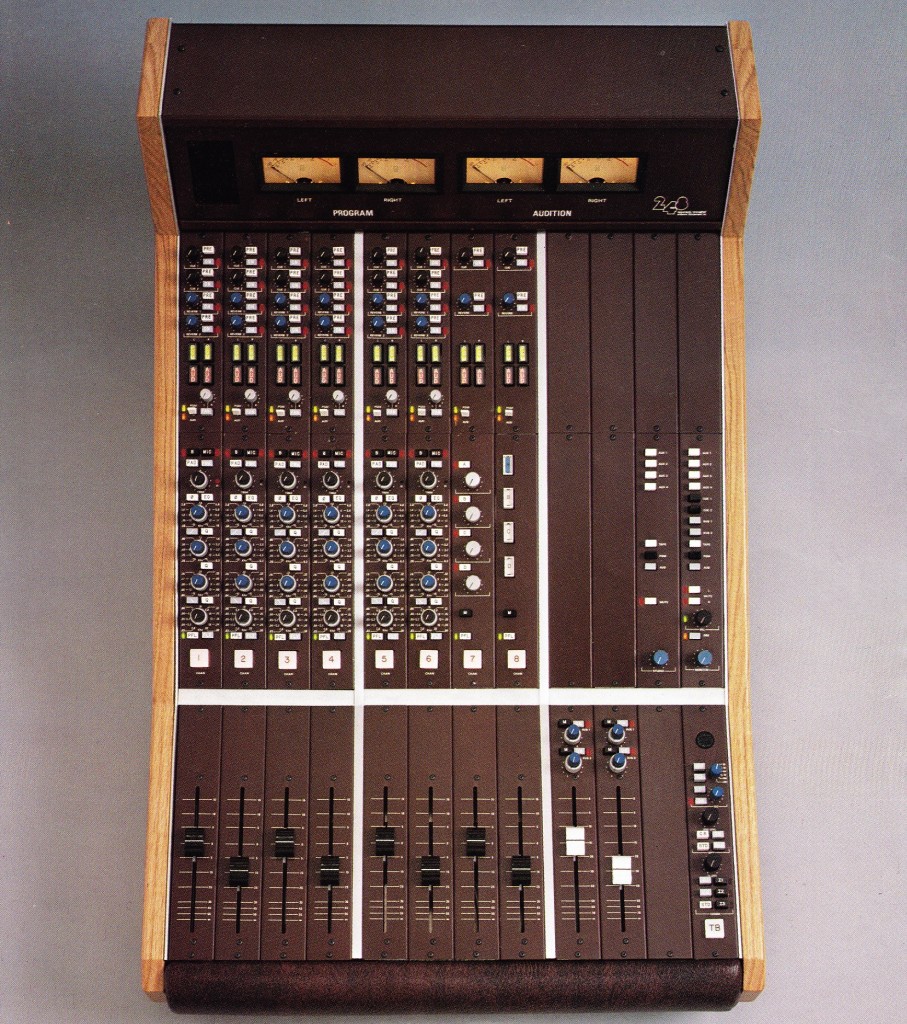 Download ten pages of literature regarding the Quad/Eight model 248 mixing system:
Download ten pages of literature regarding the Quad/Eight model 248 mixing system:
DOWNLOAD:QuadEight_248
Anyone?
 Download ten pages of literature regarding the Quad/Eight model 248 mixing system:
Download ten pages of literature regarding the Quad/Eight model 248 mixing system:
DOWNLOAD:QuadEight_248
Anyone?
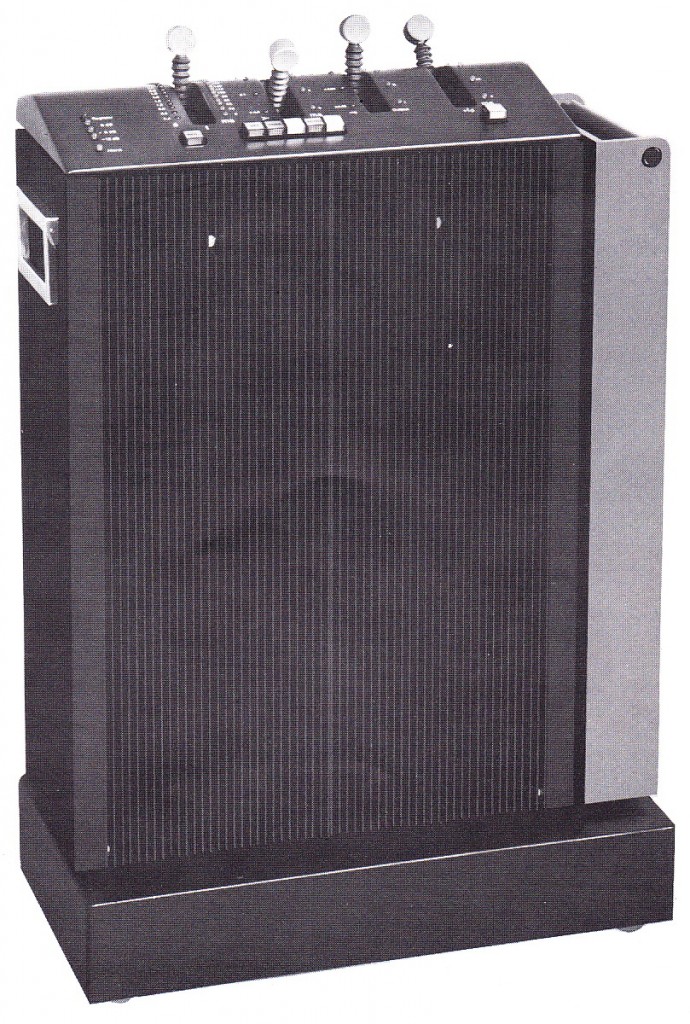 Download the original product-sheets for the EMT 250 Digital Reverb and its baby bro the 244:
Download the original product-sheets for the EMT 250 Digital Reverb and its baby bro the 244:
DOWNLOAD: EMT_244_250_reverb
That giant 99-lb star-wars-lookin thing above is an EMT 250. Ten years ago I was working on a session at Ocean Way Nashville and they still had one of these things right next to the console. Anyone out there still using a 250 in the studio? The 250 uses 12-bit, 24k convertors, which means that both input and output are low-passed at 11Khz.
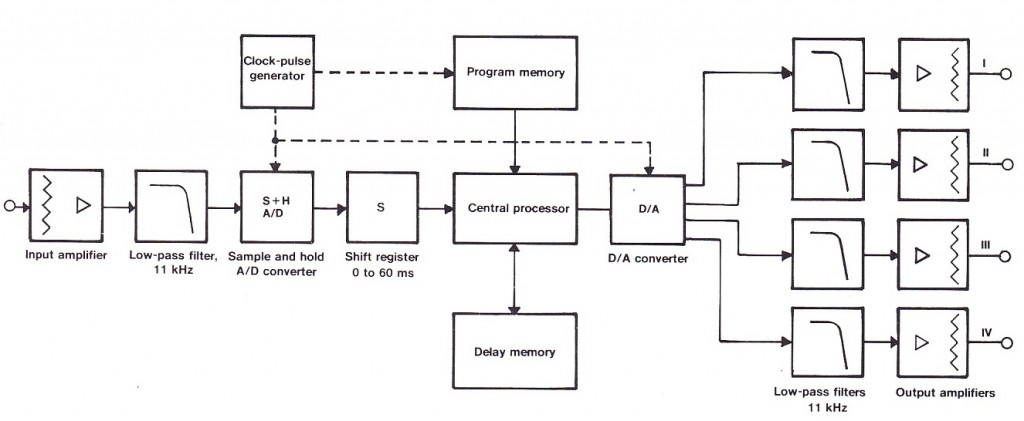 This brings up a good point about reverb in general: you don’t need a lot of hi-end to create good-sounding reverb for most applications… I always keep some sort of low-pass filter active in my reverb returns to trim off anything that’s not contributing in a meaningful way. Luckily, even the most basic reverb plug-ins tend to have a low-pass adjustment built in. My $0.02: use it!
This brings up a good point about reverb in general: you don’t need a lot of hi-end to create good-sounding reverb for most applications… I always keep some sort of low-pass filter active in my reverb returns to trim off anything that’s not contributing in a meaningful way. Luckily, even the most basic reverb plug-ins tend to have a low-pass adjustment built in. My $0.02: use it!
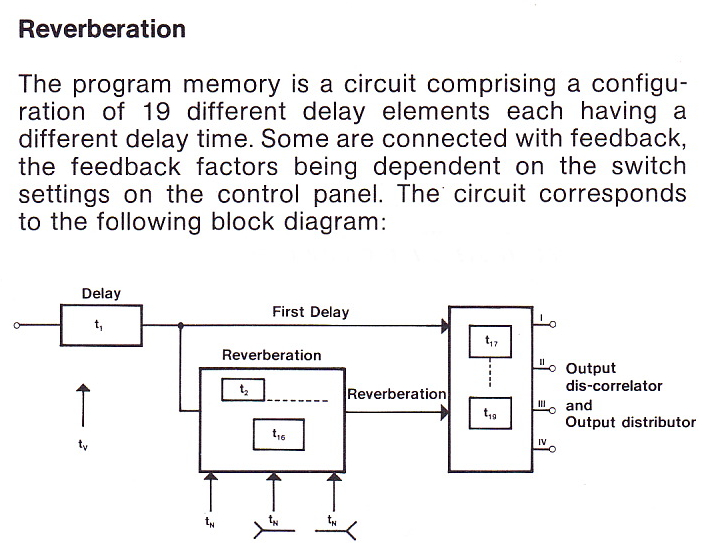 Very interesting to read this: so apparently the 250 uses 19 different taps, with feedback only on some of them.
Very interesting to read this: so apparently the 250 uses 19 different taps, with feedback only on some of them.
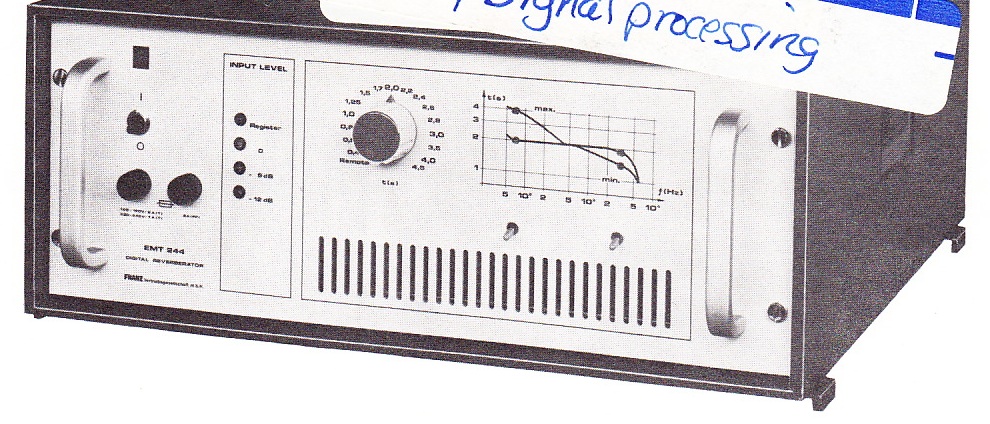 The lesser-known 244 (i’ve personally never seen one, FWIW) uses 13 bit convertors; no sampling rate is specified, but given that the frequency response is stated between 30hz and 8khz, it’s likely around 20k.
The lesser-known 244 (i’ve personally never seen one, FWIW) uses 13 bit convertors; no sampling rate is specified, but given that the frequency response is stated between 30hz and 8khz, it’s likely around 20k.
To you veteran engineers out there: was the 250 the first high-quality digital reverb? Were there any earlier units that you have used? Let us know,,,
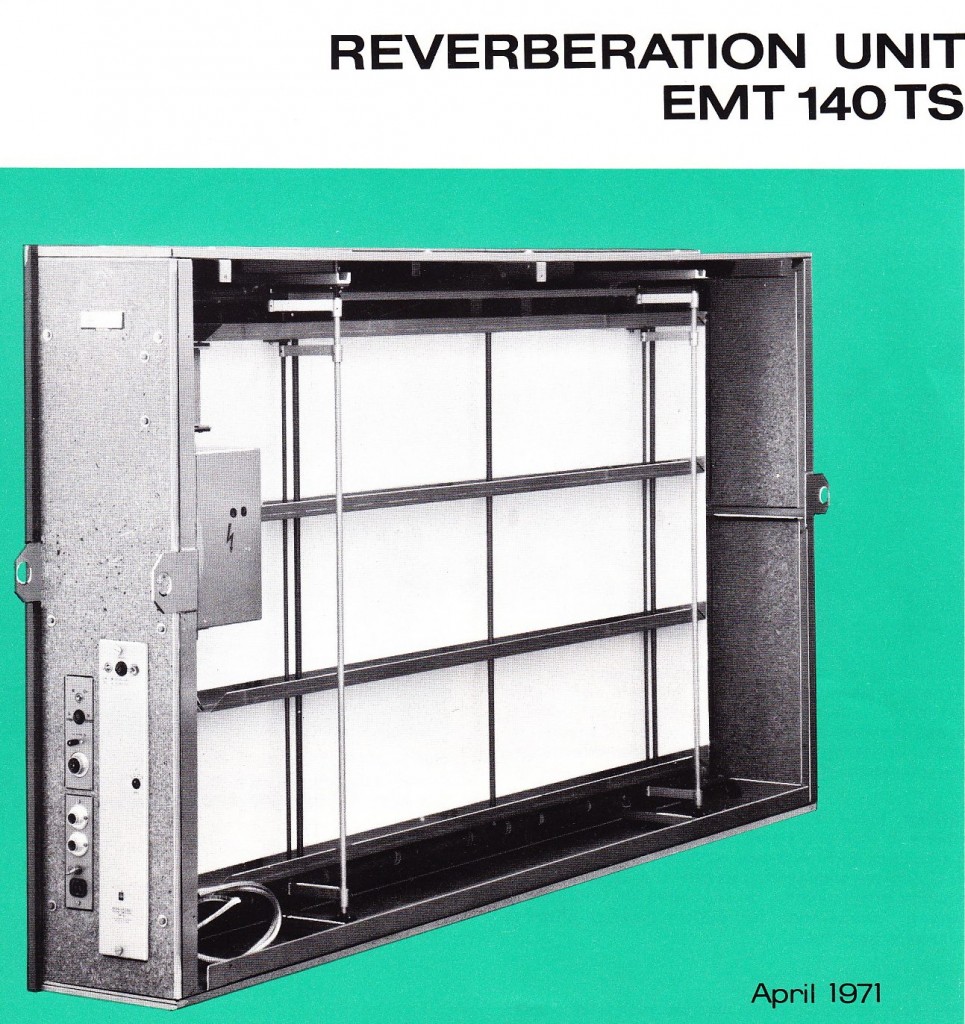 Got a pretty good one for y’all today… download the complete 8pp 1971 brochure for the EMT 140 TS reverb system:
Got a pretty good one for y’all today… download the complete 8pp 1971 brochure for the EMT 140 TS reverb system:
DOWNLOAD: EMT_140_ts_1971
I was recently given a large collection of 1970s EMT documentation, so get ready for detailed info on pretty much every EMT reverberation product ever made.
I met a studio owner recently, it was a very nice place, some excellent gear and instruments, mentioned that he was in the market for a plate; he felt that a good plate reverb is a piece of kit that can actually be a significant factor in a producer or engineer choosing one facility over another for a project. Those of you who regularly hire facilities for projects: agree? As a studio owner, I’ve personally been planning on skipping the plate and going directly to building a chamber, but who fkkn knows when/if this will happen. Plate would sure be nice… here’s what EMT had to say about the 140 back in ’71:
*******
***
For previous plate reverb coverage on PD dot com, click here…
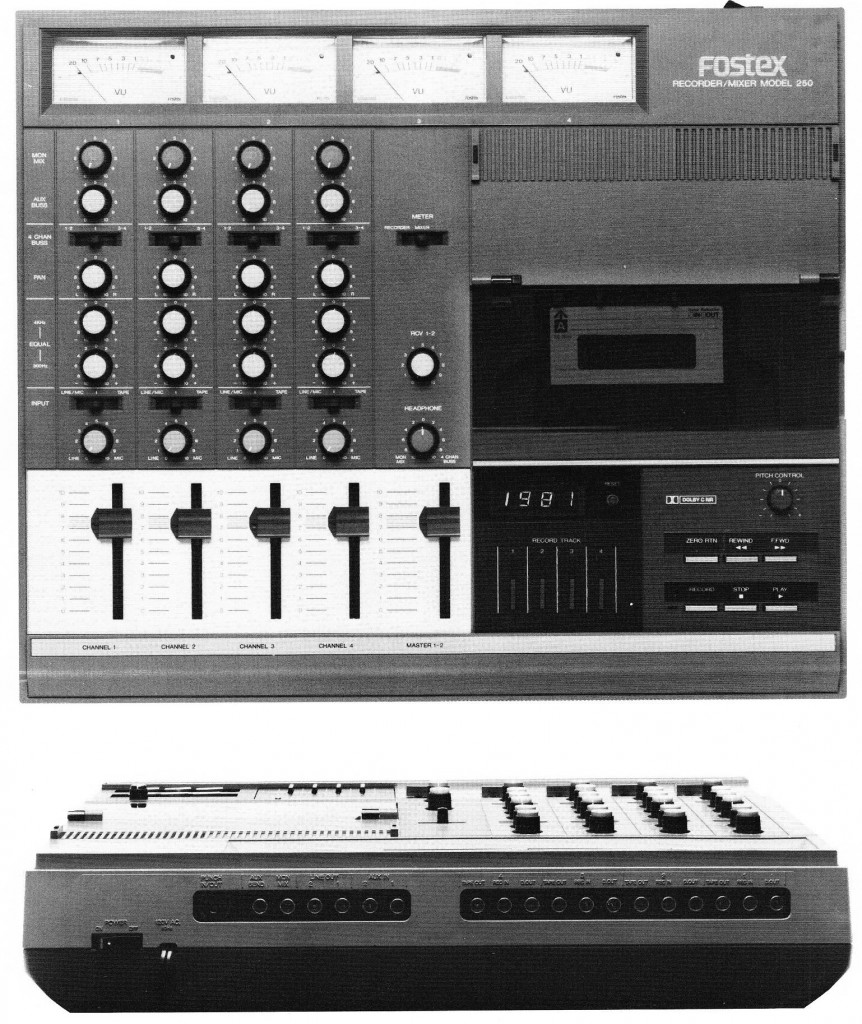 Download the complete 12pp Fostex “Creative Sound Systems” 1981 (???) catalog:
Download the complete 12pp Fostex “Creative Sound Systems” 1981 (???) catalog:
DOWNLOAD: Fostex_1981_Catalog
Models covered in great detail include: Fostex A-8, A-4, A-2 1/4″ tape machines; Fostex 250 cassette four-track; and the Fostex 350 8x4x2 mixer.
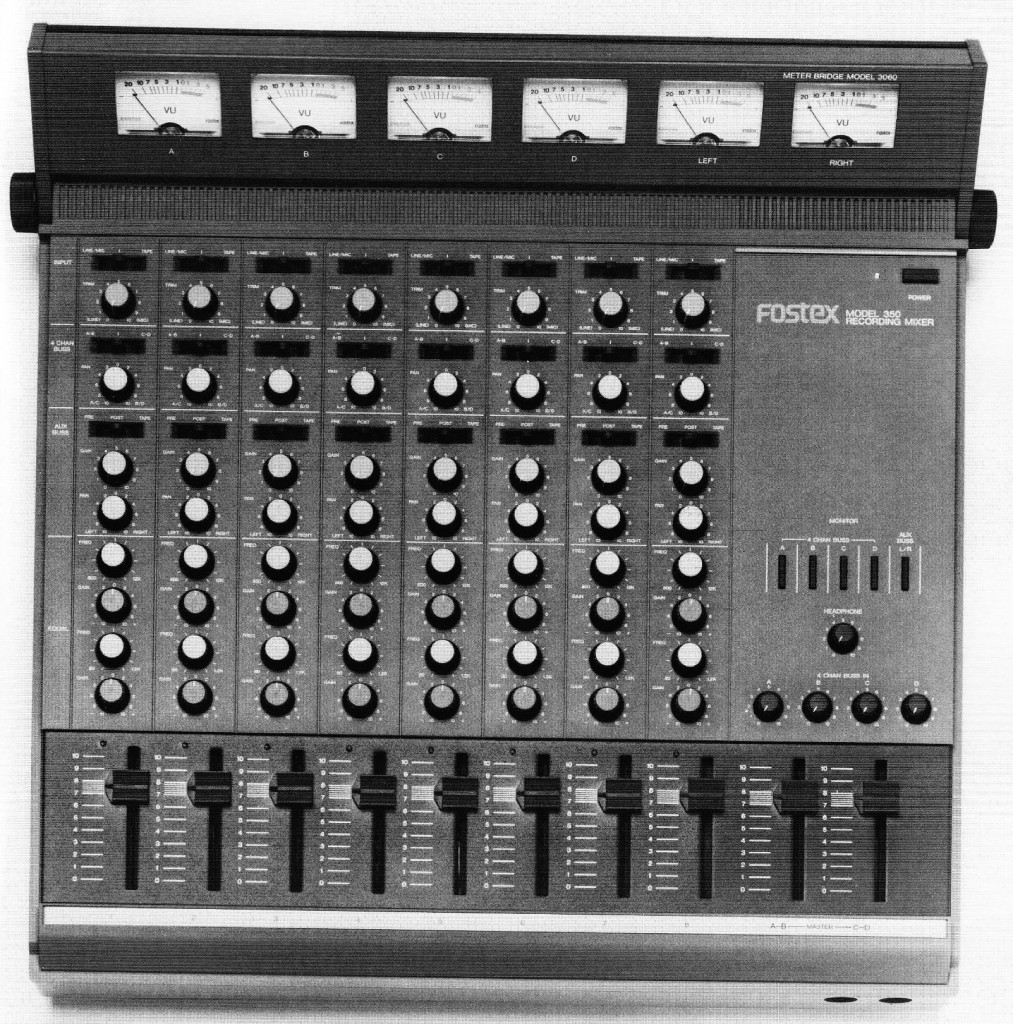 Interesting feature on the 350 – and something that’s not at all obvious from the top surface – it has 2 stereo RIAA phono preamps which are patchable on the rear of the unit, presumably to whichever inputs or external gear you like.
Interesting feature on the 350 – and something that’s not at all obvious from the top surface – it has 2 stereo RIAA phono preamps which are patchable on the rear of the unit, presumably to whichever inputs or external gear you like.
I’ve uploaded a ton of information on these machines before (see here, here, and here), so dig back if you want more commentary… otherwise i’ll let the catalog speak for itself…
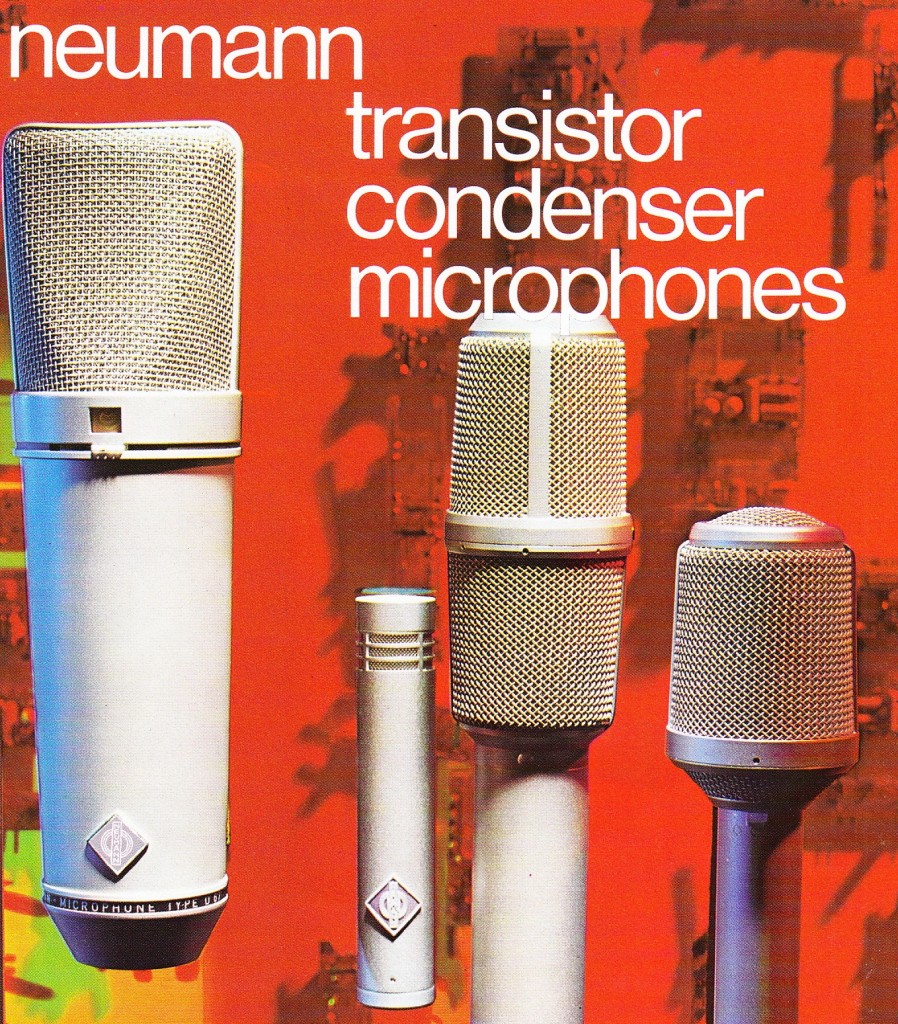 Download the 6pp 1973 Neumann FET 80 microphone catalog:
Download the 6pp 1973 Neumann FET 80 microphone catalog:
DOWNLOAD: Neumann_Fet80_1973
Models covered, with text, specs, and photos, include: Neumann KM 83, KM 84, KM 85, 87, and 88; KMS 85; U87, U47 FET, SM 69 FET, and KMA lav mic.
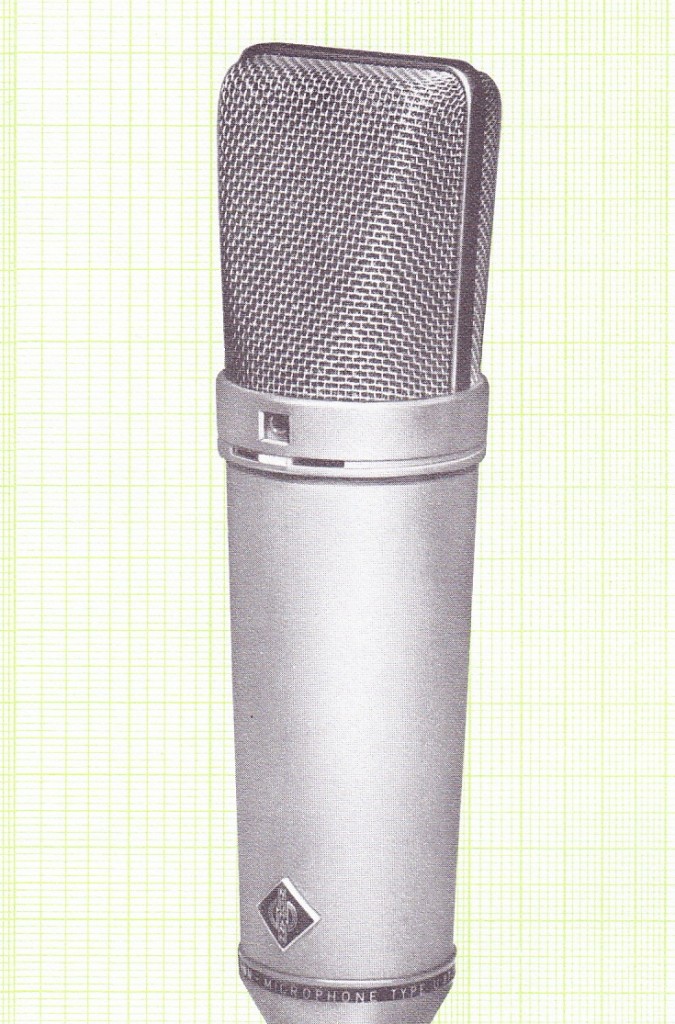 I have a U87 from this first era, and although it has its share of scars, it never fails to impress. Expensive but worth it… these things just WORK.
I have a U87 from this first era, and although it has its share of scars, it never fails to impress. Expensive but worth it… these things just WORK.
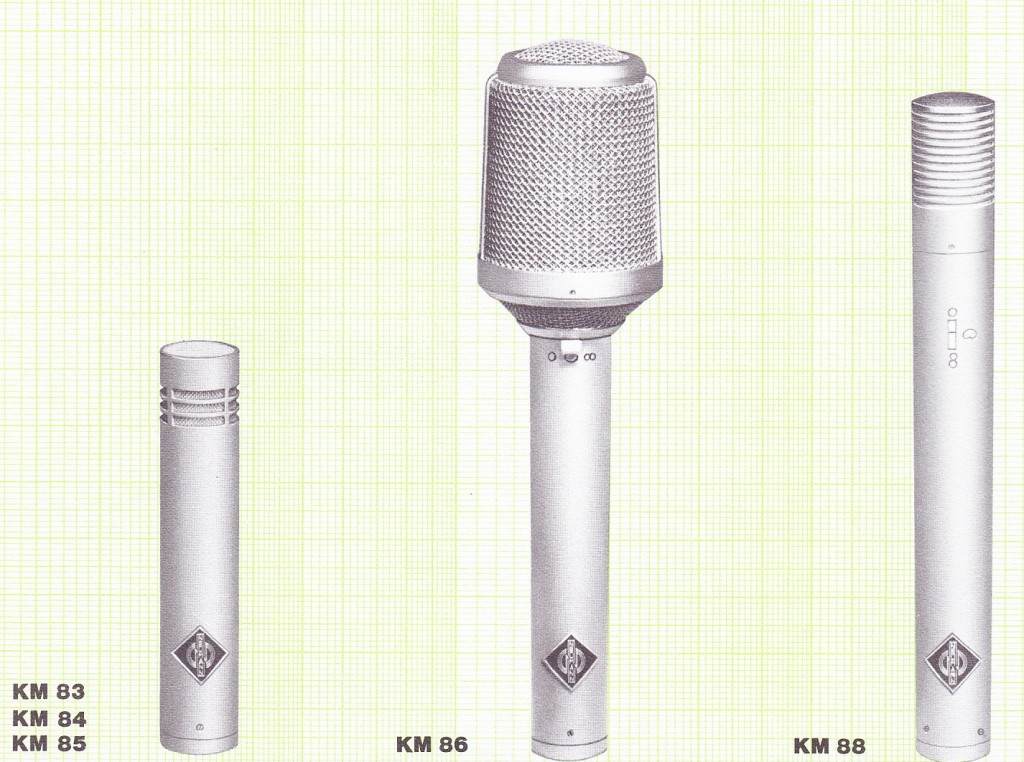 For our scan of the 1980 Neumann FET 80 catalog, click here…
For our scan of the 1980 Neumann FET 80 catalog, click here…
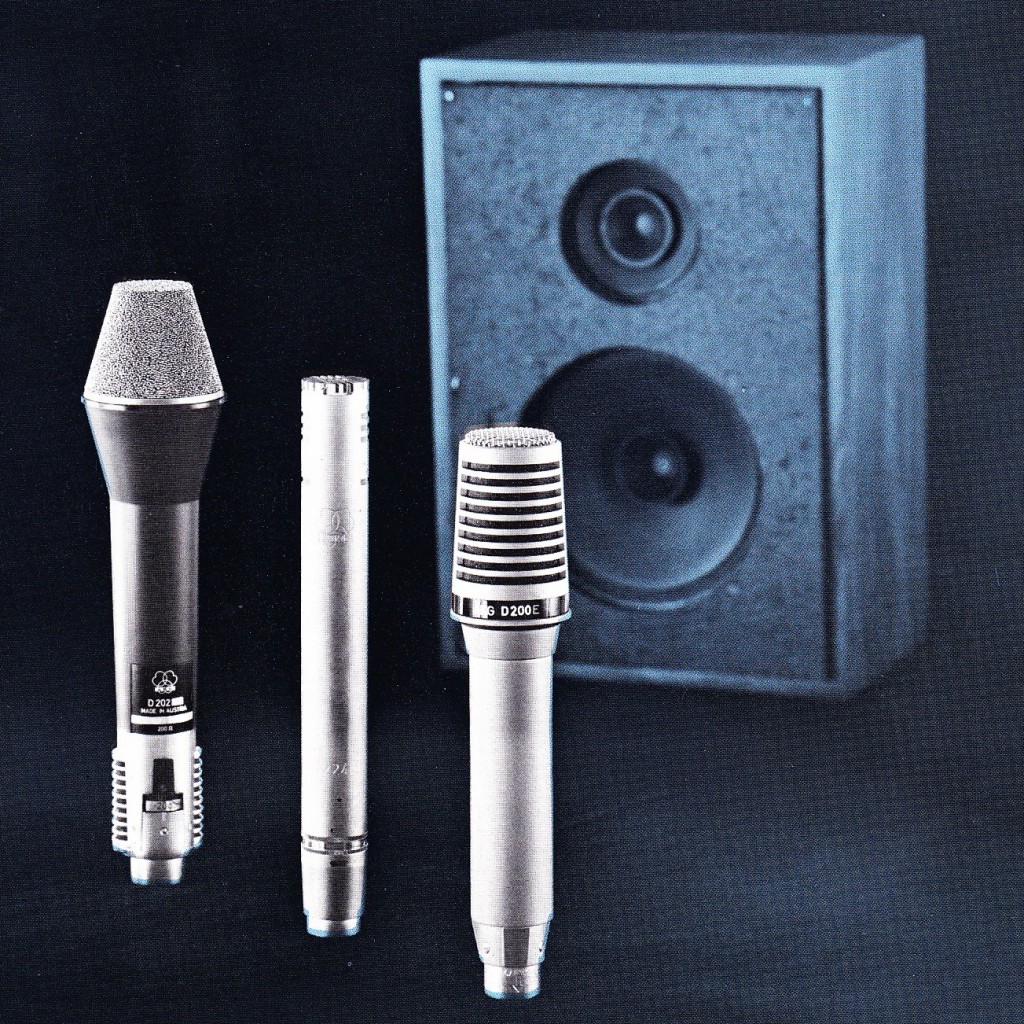 Download the 6pp 1970 catalog for AKG’s ‘Two-way” dynamic mics, the D-200E, D-202E, and D-224E:
Download the 6pp 1970 catalog for AKG’s ‘Two-way” dynamic mics, the D-200E, D-202E, and D-224E:
DOWNLOAD: AKG_2way_mic_1970
As the image above suggests, these operate exactly as you’d expect: there are separate ‘woofer’ and ‘tweeter’ elements, with a crossover at 500hz. Although the specs are quite good, i’ve never picked these up when I had the chance… just seems like they’ve gotta sound a little weird? Anyone? Anyone still using these? How do they compare to (x)?
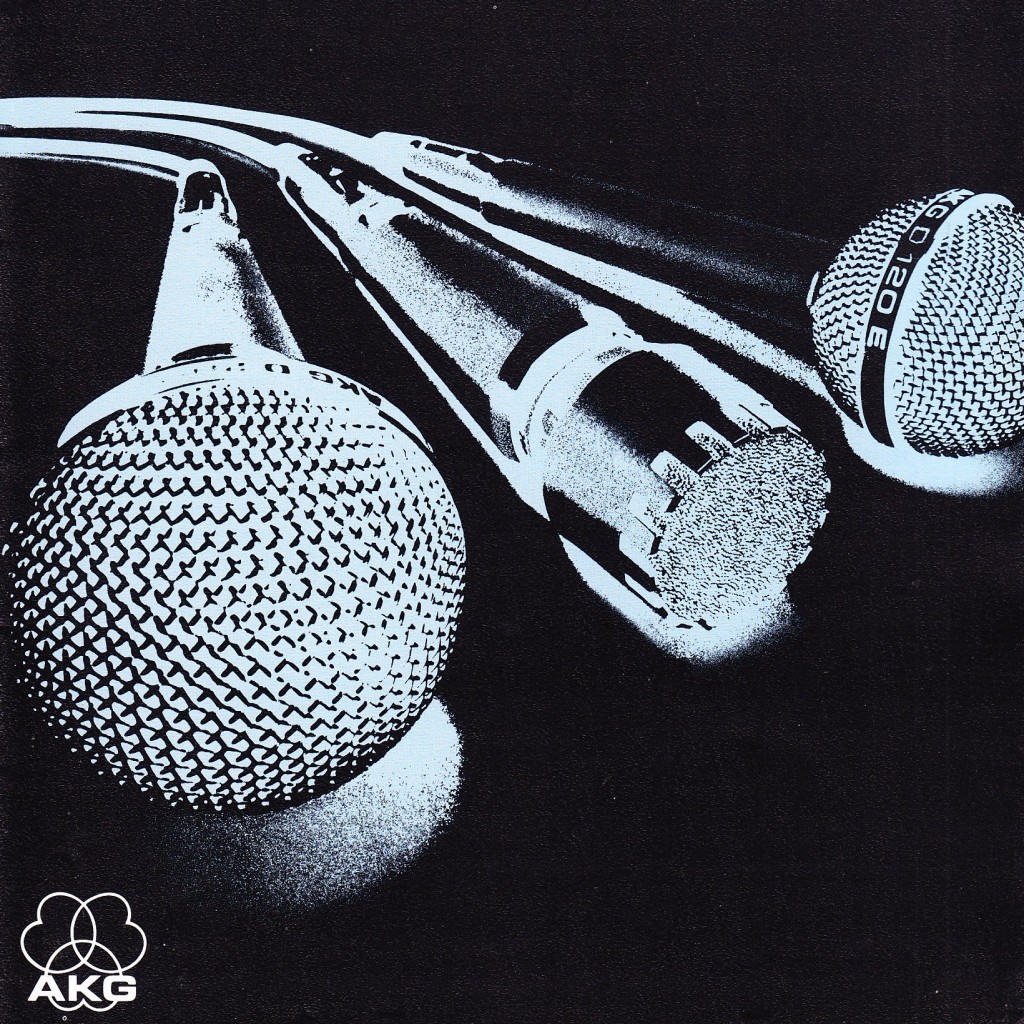 Download a 21pp 1978 AKG Microphone catalog; seems to be a performer-oriented publication featuring only their dynamic and electret models of the era:
Download a 21pp 1978 AKG Microphone catalog; seems to be a performer-oriented publication featuring only their dynamic and electret models of the era:
DOWNLOAD PART 1:AKG_Mics_1978_part1
DOWNLOAD PART 2: AKG_Mics_1978_Part_2
Models covered, with text, specs, and photos, include: AKG C-500 series with C-510E, C-501E, C-502E, and C-505E variants; D-12, D-109, D-120E, D-130, D-140E, D-160E, D-170E, D-190E, D-1000E, D-2000E, D-190SPL, and D-200E mics.
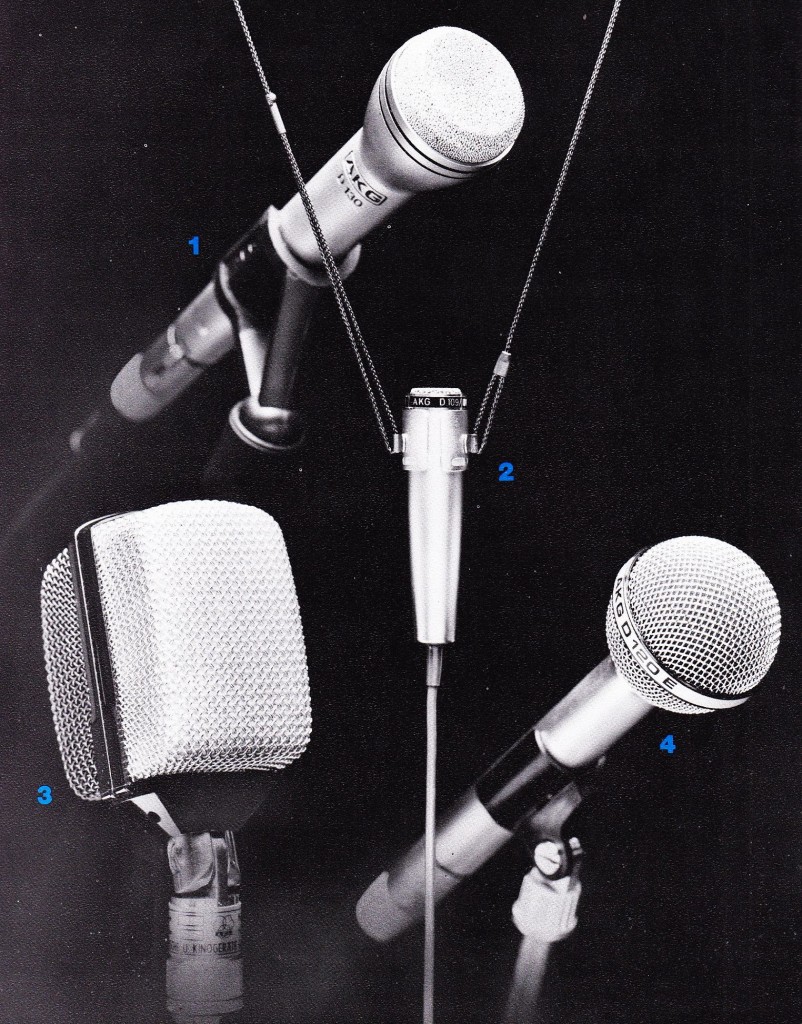
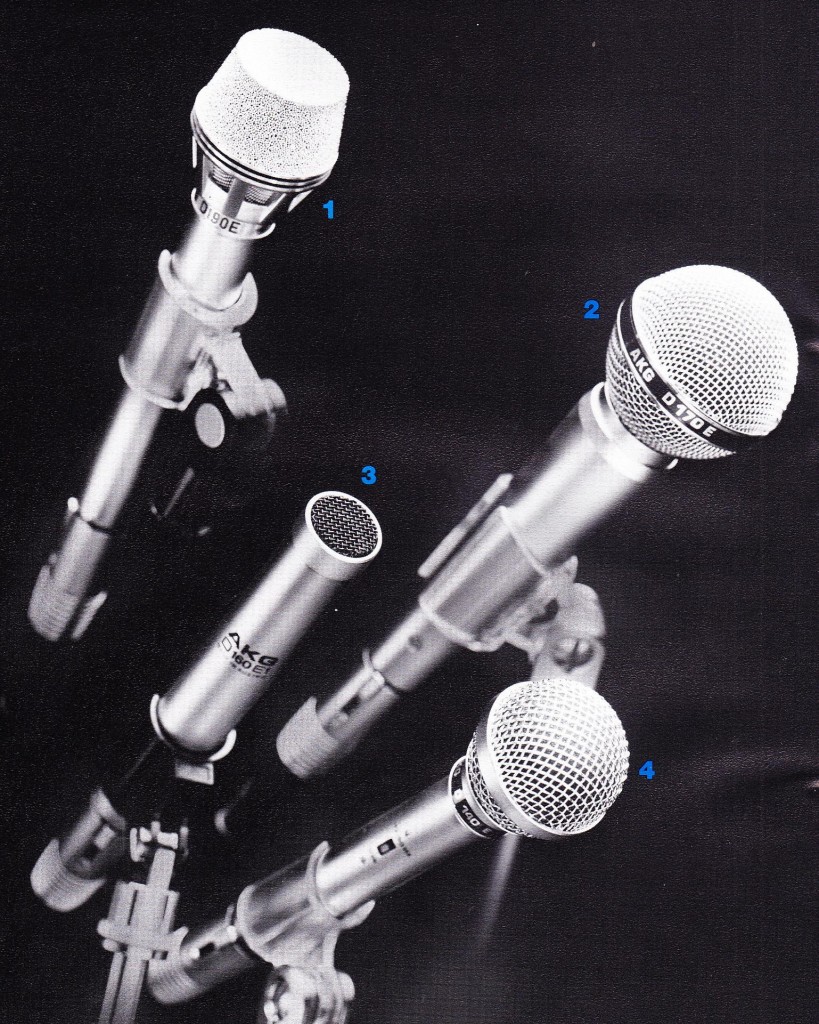
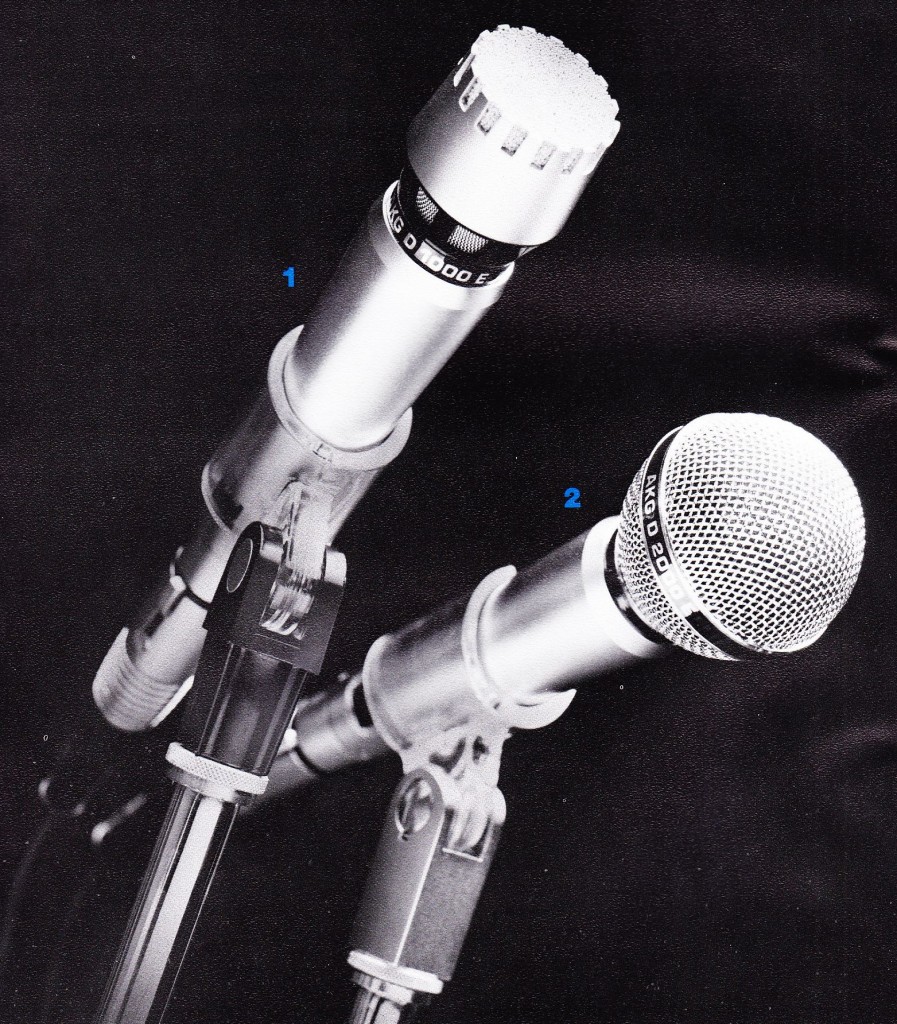
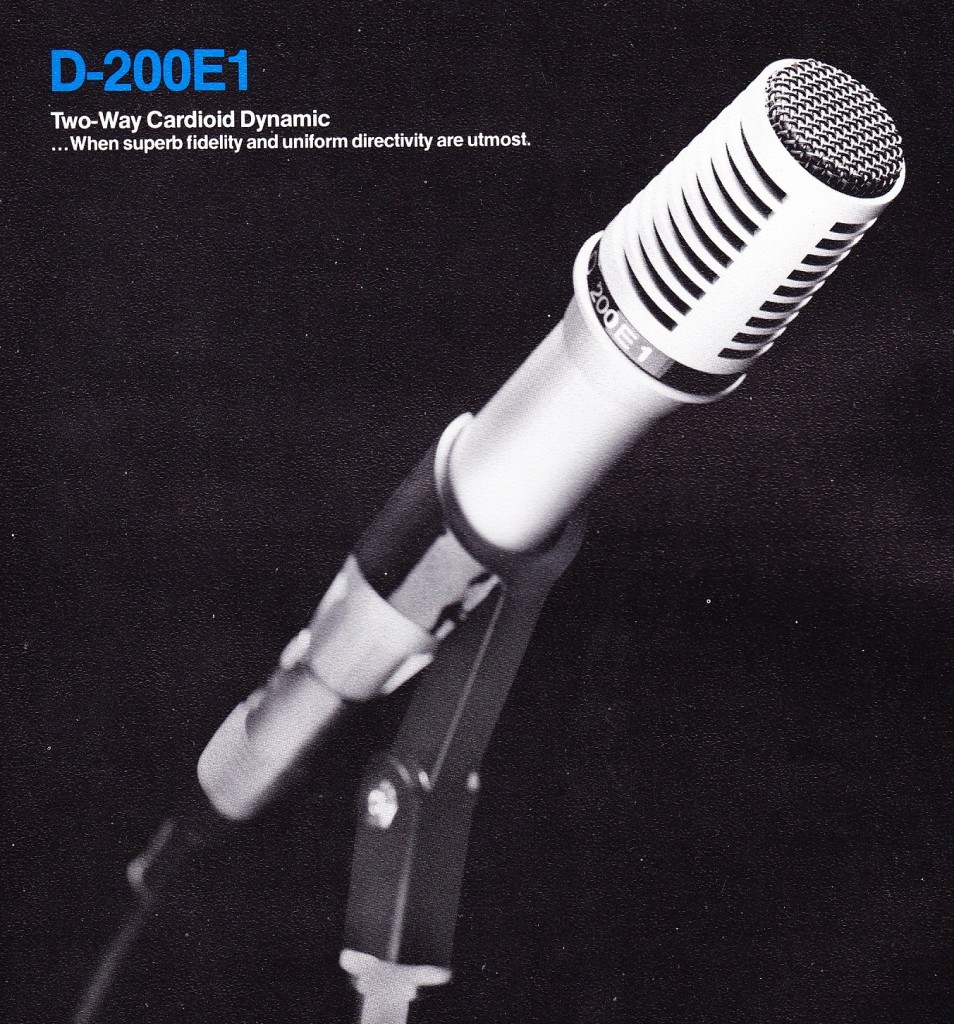
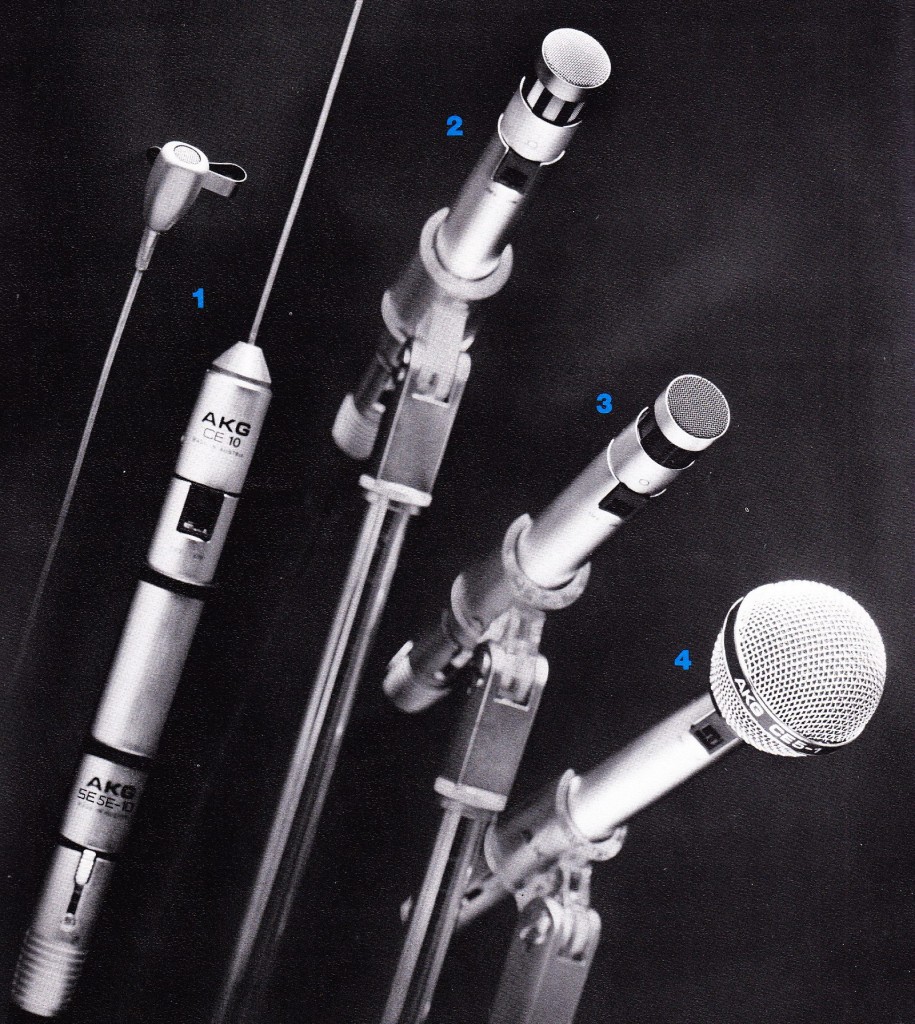 For our scan of a 1981 AKG full-line catalog, click here…
For our scan of a 1981 AKG full-line catalog, click here…
 Download the original 2pp product sheets for the 1978 ADR E900 and E950 equalizers:
Download the original 2pp product sheets for the 1978 ADR E900 and E950 equalizers:
DOWNLOAD: ADR_Eqs_1978
Last ADR thing for a while, I promise. OK Discuss amongst yrselves…
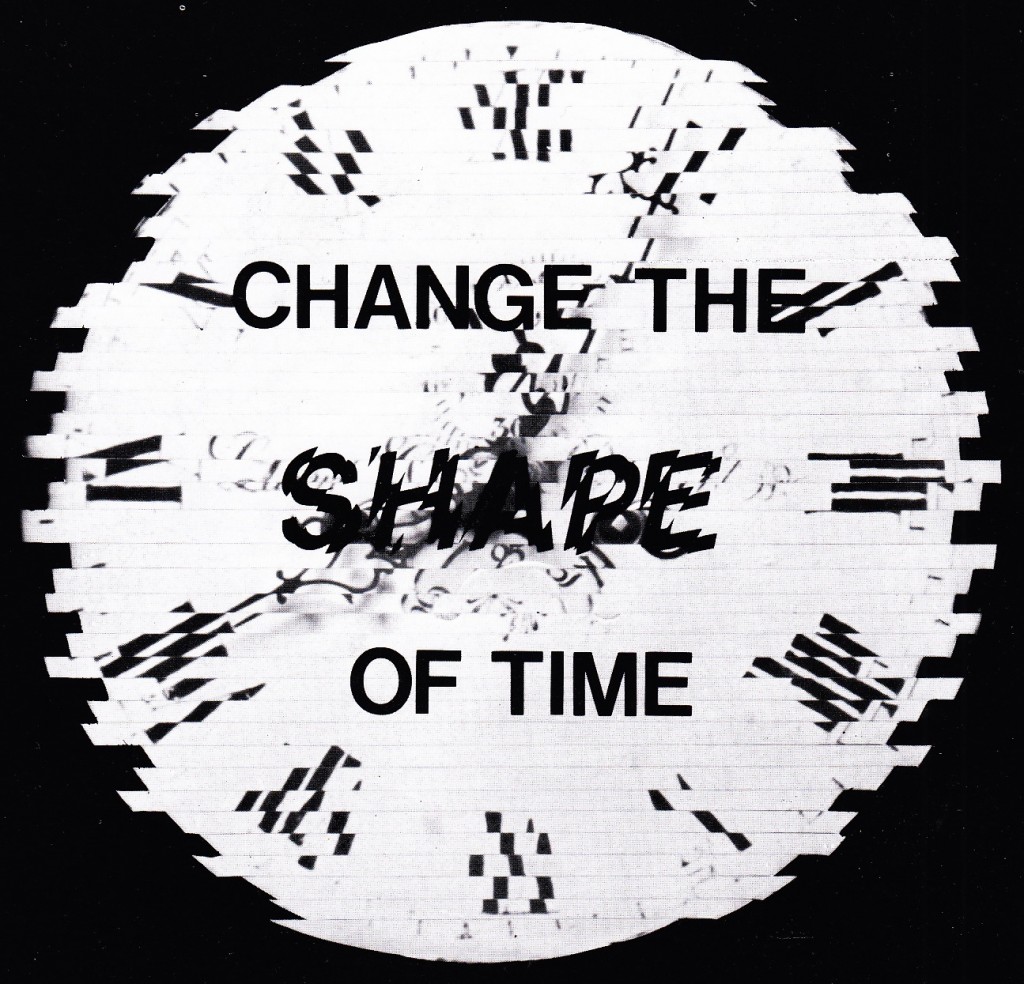 Download the original 4pp catalog for the ADR ‘TimeShape” effects module:
Download the original 4pp catalog for the ADR ‘TimeShape” effects module:
Pretty neat little unit that I’d been unaware of… basically a flanger with an inline limiter and an envelope follower.
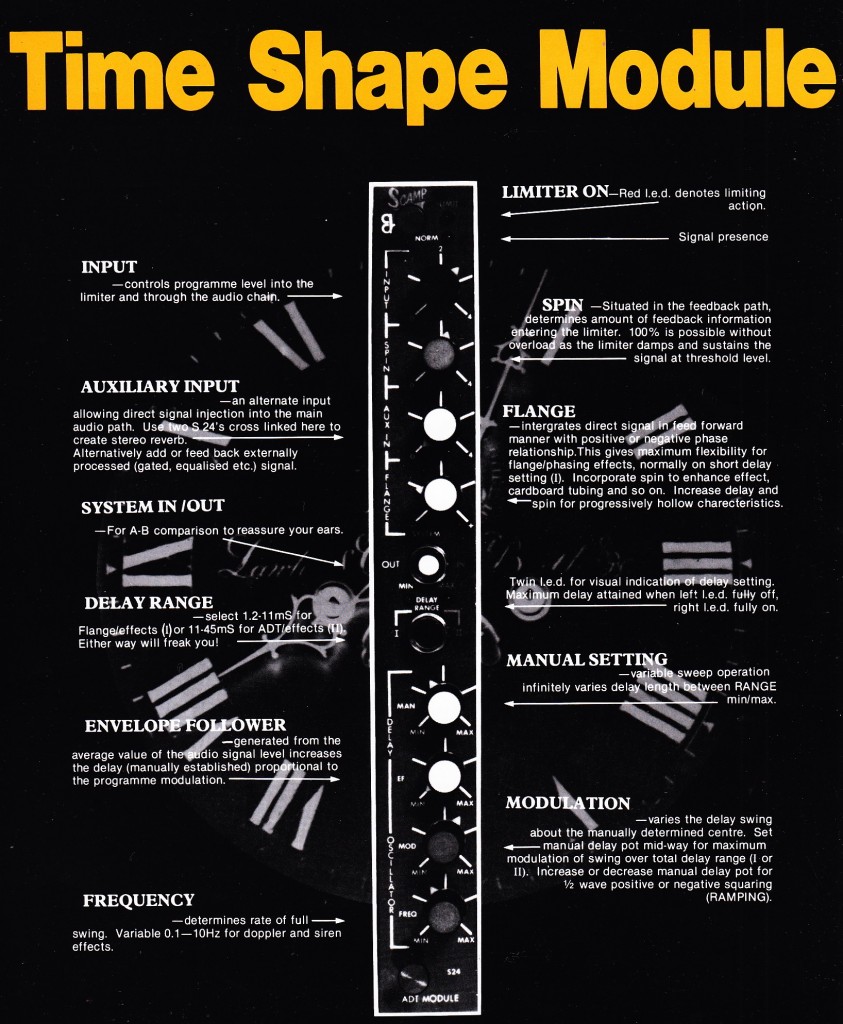 For info on the rest of the ADR Scamp series, click here…
For info on the rest of the ADR Scamp series, click here…
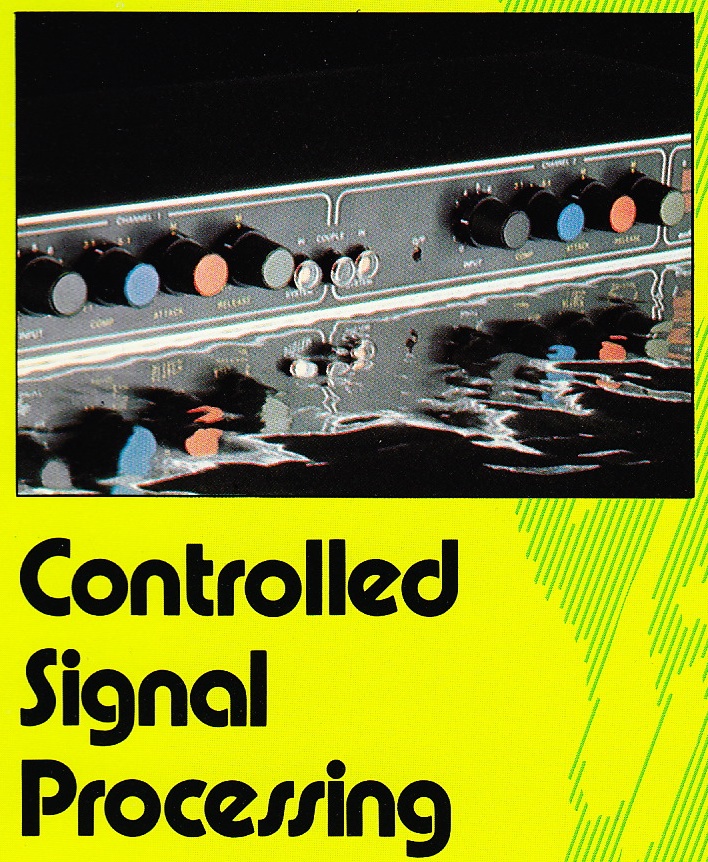 I was recently given hundreds of pages of Audio & Design (Recording) ltd. (hf. ADR) literature from the 1970s, and I’ll be uploading it over the course of… my lifetime, I suppose. Anyhow, here’s a package of original data sheets ETC on their rack-mount compressors of the era:
I was recently given hundreds of pages of Audio & Design (Recording) ltd. (hf. ADR) literature from the 1970s, and I’ll be uploading it over the course of… my lifetime, I suppose. Anyhow, here’s a package of original data sheets ETC on their rack-mount compressors of the era:
DOWNLOAD: ADR_comps_1979
AND – BONUS – a period essay regarding compressor-usage by founder M. Beville: Beville_ADR_Comps_77
Products covered, with text, specs, and images, include: ADR Gemini Compact (their ‘prosumer’ unit), Gemini East Rider, F690 ducking limiter, Compex compressor / expander, F600 broadcast limiter, FM Stereo Ex-press limiter, and Transdynamic processor.
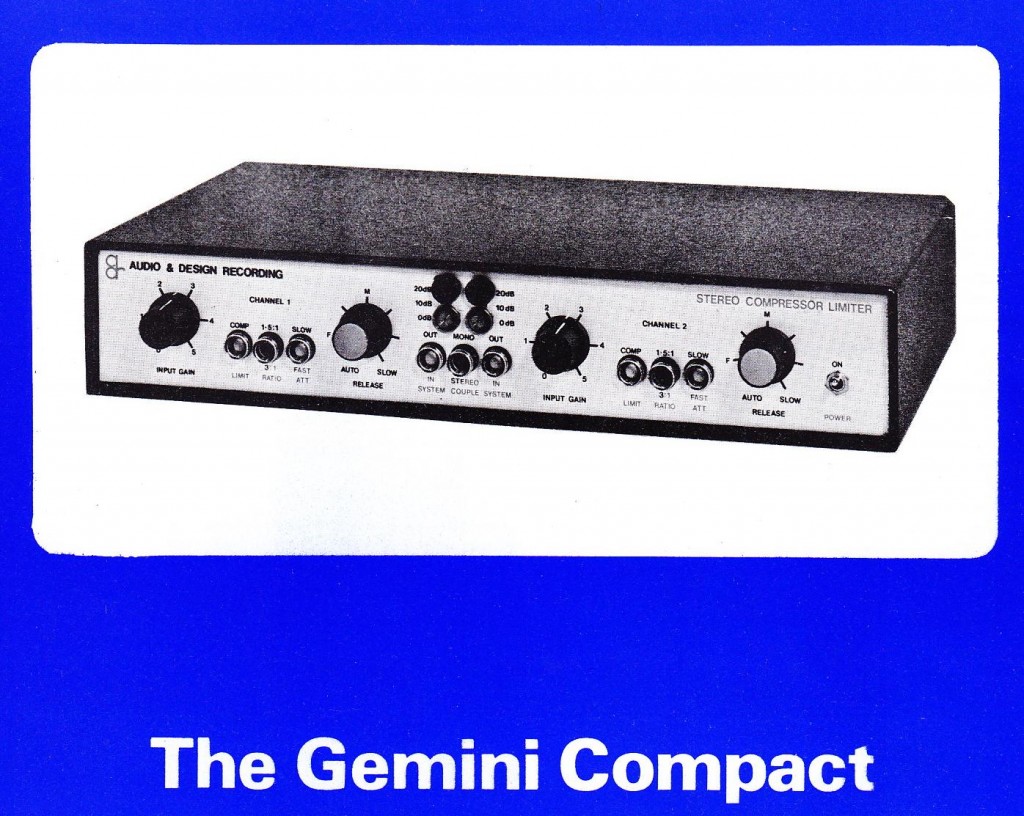



 We previously featured ADR’s ‘Scamp’ series of modular processors from the same era.. click here for that jazz…
We previously featured ADR’s ‘Scamp’ series of modular processors from the same era.. click here for that jazz…